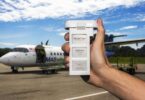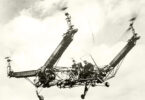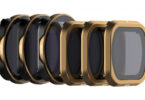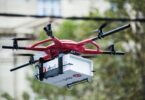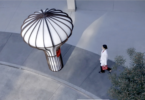The use of drones in the workplace is becoming more and more common in construction. And for good reason, it guarantees safety and time savings. Everything you need to know about regulation, the pros, and cons of this technological innovation.
Faced with the public’s enthusiasm for UAVs, manufacturers quickly proposed increasingly sophisticated models for a professional clientele, a prime target. The turnover of the professional drone market is estimated at 250 million euros!
Thus, UAVs are found on the market for inspection, ideal for taking stock of a roof for example. This type of device is also suitable for inspecting the condition of facades, gutters, as well as to identify cracks and other damage sometimes difficult to see. Also available on the market are drones specializing in thermal imaging, which can identify real-time insulation defects and thermal losses. Some models are capable of doing 3D modeling, and thus reconstructing a building in full size.
The advantage of using UAVs for this professional activity is that he is exempt from taking risks when having to climb on a roof for example or carry out the implementation of all the necessary devices to access it. This logistics represents a constraint with a high impact, whether human or material.
With a UAV, all these security measures do not have to exist, and reaching hard-to-reach areas is no longer an obstacle. In short, the machine can be a real investment for some trades. It allows for quick quotes and can also be used for site tracking.
Professional selfie drones collect very accurate data and are transmitted live and then stored on a memory card on your smartphone, tablet, or laptop.
Many believe hard as iron in the drone-carrying sector! This small flying device is on the front line to benefit, and new technological applications, and lower prices of the high-tech sector.
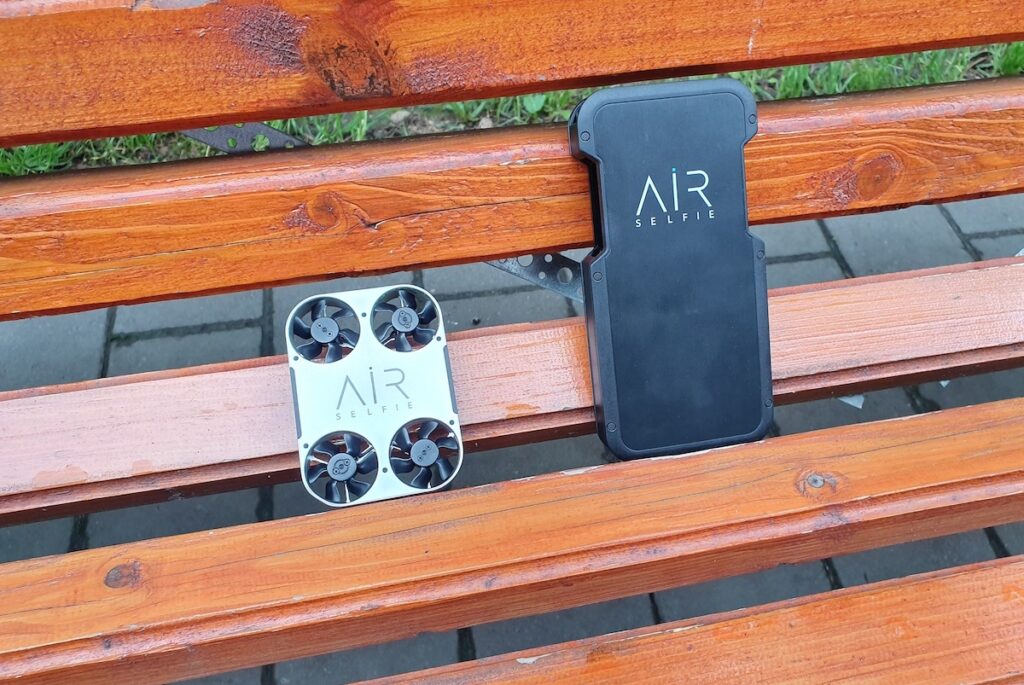
The pros
The advantage of this small flying device is that it can be remotely controlled, on sight or out of sight. It can even fly autonomously with pre-recording applications for flight data.
Coupled with augmented reality, the UAV can go anywhere while its pilot sits quietly on the ground to observe its trajectory in real-time or modify it.
Construction
The advantage? Compare the UAV to a helicopter, for example. The drone provides access to places that are dangerous to humans and even inaccessible. Its carbon footprint is very good. It costs a bite of bread to buy (compared to the helicopter) and it deteriorates much less quickly. The missions it carries out are carried out in record time and require little human resources.
In short, the UAV is equivalent to lower costs, time savings, and a positive carbon footprint.
Engineering, mapping, and survey
The drone is therefore an innovative medium. But it can also carry all kinds of small material; innovations, such as cameras or sensors. The most common applications are thermal imaging cameras and measuring sensors.
The inspection of industrial structures, power lines, and pipelines is increasingly carried out by UAVs. Equipped with a thermal imaging camera, for example, the machine detects energy leaks on buildings, roofs…
Inspection missions, on the other hand, require the employment of specific image processing software. Companies such as SNCF, ERDF, Bouygues, and Eiffage are creating departments specifically dedicated to UAV applications.
Agriculture
The agriculture sector is beginning its transformation towards robotics in general and towards the drone in particular. Equipped with multispectral cameras, the drone can fly over crops and identify clues that greatly facilitate the work of operators: vegetation index, fertilizer index, irrigation index. These, geo-referenced on a screen, then allow the operator of the agricultural machines to water or to deposit the fertilizer optimally.
Counting night animals in hunting reserves is another example of the application of the drone equipped with a thermal imaging camera.
In California, the Drones and Good insertion program recruits U.S. Army veterans sidelined to train them in UAV flying. They then operate machines equipped with sensors to analyze agricultural plots. This work reduces water consumption for soil watering by 25%. The project is being piloted in partnership with SenseFly, an agricultural subsidiary of the French robotics company Parrot, and the social entrepreneurship company Calso Inc.
Logistics
80% of urban freight transport involves shopping for parcels of less than 2 kg. Our cities are congested and polluted. Here, the carrier UAV has all its usefulness, but the DGAC (General Directorate of Civil Aviation) in charge of aviation regulation, has not yet decided on the operation of UAVs in urban areas. What about a city where small aircraft weighing up to 8 kg fly over our heads and eventually have to land urgently? How can we secure our inhabitants?
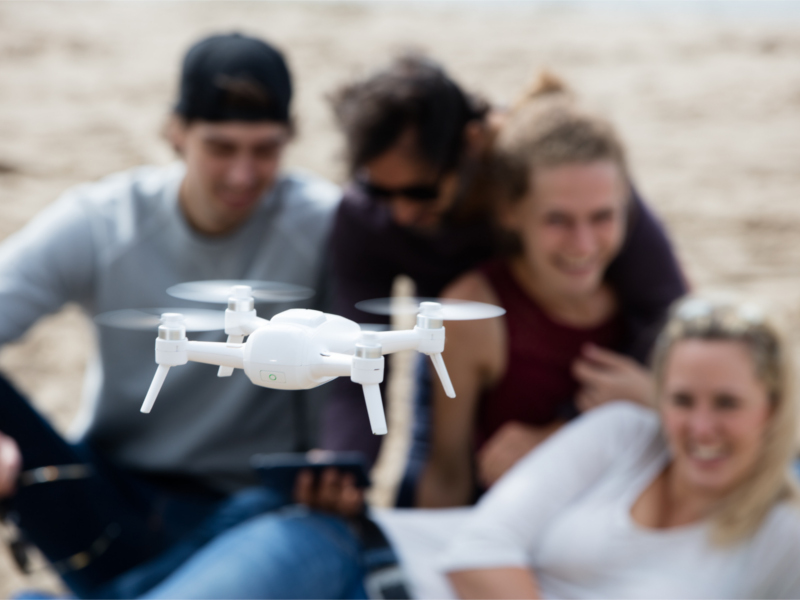
The Cons
Whether recreational or professional UAVs, they can be blamed for their sometimes limited autonomy (30 minutes on average). These devices are very sensitive to wind, which may limit their use in some areas.
Like any object, UAvs also have drawbacks. First of all, the use of a UAV violates the privacy of individuals since monitoring people is made much more convenient with this flying device. In addition to monitoring them, it is possible with a UAV to collect personal information about each person. Drones are offered in different sizes, so they have the ability to sneak in without being noticed in areas that need to remain secret. The anonymity of any individual is endangered with this device. It is definitely a very renovated device that does not necessarily generate benefits for everyone.
The best solution is to put in place legislation that regulates the use of drones in public areas.
Regulation and certification of compulsory training
You should know that access to the airspace is free below 150 m for recreational and professional use. Overflights of public space are prohibited, as are some sites such as nuclear and military power plants. The UAV is not allowed to fly at night. If the flight of the recreational UAV does not require a license or flight certificate, the professional UAV is subject to “the regulation of special activities”. In short, in order to use a professional selfie drone, it is mandatory to undergo training, adapted according to the field of activity. This is a specific theoretical examination and practical training that are validated by a flight certificate.

